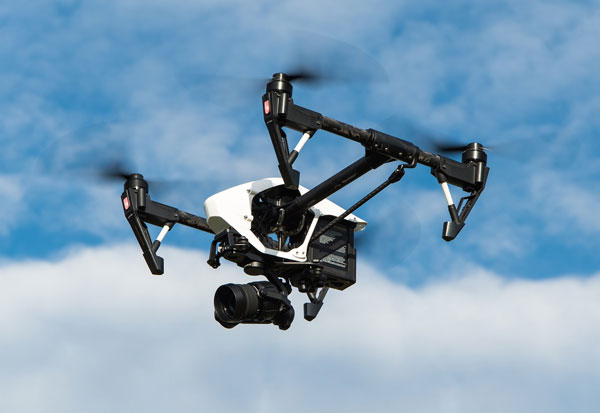Ukraine deploys AI drones to overcome Russian jamming defenses

[Photo Credit to Pixabay]
The landscape of modern warfare is undergoing a dramatic transformation as artificial intelligence increasingly powers military drones, with Ukraine's current conflict serving as a critical testing ground for this advancing technology.
Ukrainian forces have deployed dozens of domestically produced AI-augmented drone systems, marking a significant shift in battlefield tactics.
Deputy Defence Minister Kateryna Chernohorenko highlights that these systems are particularly effective in areas protected by signal jamming, where conventional manually piloted drones often prove ineffective.
The impact is substantial.
While traditional first-person view (FPV) drones typically achieve hit rates of 30-50%, and as low as 10% for new pilots, Ukrainian officials estimate that AI-operated systems could potentially reach success rates of approximately 80%.
One Ukrainian company, NORDA Dynamics, has already sold over 15,000 units of its automated targeting software to drone manufacturers.
"Those things which are defended by electronic warfare... this system has enabled strikes on targets which previously it was not cost-effective to hit," explains Dmytro Vovchuk, NORDA Dynamics' chief operating officer.
The company's software employs computer vision technology to guide strike drones autonomously once a pilot selects the target.
Nonetheless, this rapid advancement in autonomous military technology raises serious concerns among experts.
Samuel Bendett, Adjunct Senior Fellow at the Center for New American Security, suggests that while military autonomy will become increasingly cost-effective and widespread, defending against such systems may require further automation, potentially reducing human involvement in critical battlefield decisions.
The technology's development is not limited to Ukraine's borders. Major defense contractors worldwide are pursuing similar capabilities.
Boeing's Insitu division is developing enhanced intelligence, surveillance, and reconnaissance (ISR) systems with embedded AI capabilities.
The company's approach focuses on "leveraging machine learning and edge processing techniques" while maintaining human oversight, according to James McGrew, Insitu's chief technology officer.
The integration of AI in military drones is a double-edged sword. While it offers increased efficiency and reduced risk to human operators, experts warn of potential risks associated with this new advancement.
Zach Kallenborn, an specialist on autonomous weapons systems at the Schar School of Policy and Government, emphasizes that current machine vision systems remain prone to unpredictable errors, which could have severe consequences in combat situations.
"Imagine the autonomous weapon shoots a soldier not party to the conflict. The soldier's death might draw his or her country into the conflict," Kallenborn warns.
Such risks have led to ongoing debates about maintaining human control over lethal decision-making in military operations.
Despite these concerns, the trend toward automation appears irreversible.
Ukraine's experience demonstrates that AI-enabled drones can overcome traditional electronic warfare defenses, which have historically been effective against manually operated drones.
This capability has proven particularly valuable for Ukraine, which faces manpower shortages and increasingly depends on technological solutions to maintain its defensive capabilities.
As nations race to develop and deploy these systems, the international community grapples with regulatory challenges.
UN Secretary General António Guterres has expressed his strong opposing stanceto fully autonomous weapons systems, stating they are "politically unacceptable, morally repugnant and should be prohibited by international law."
Nevertheless, the military strategic advantages of AI-powered drones may prove too compelling to resist. With Ukraine reporting annual drone production capabilities of 4 million units, and various countries investing heavily in autonomous systems, the role of AI in military operations appears set to expand further, fundamentally altering the nature of modern warfare.
This technological evolution raises pressing questions about the future of combat: Will human oversight remain a requirement for lethal force, or will the pressure to maintain military advantage eventually push toward full autonomy?
As these systems become more sophisticated, the answers to these questions may shape the future of international conflict.

- Sohyun Stella Won / Grade 11
- Saint Paul Academy, Daechi

![THE HERALD STUDENT REPORTERS [US]](/assets/images/logo_student_us.png)
![THE HERALD STUDENT REPORTERS [Canada]](/assets/images/logo_student_ca.png)
